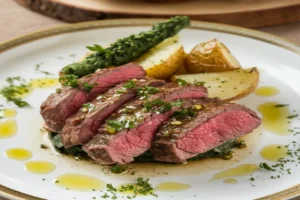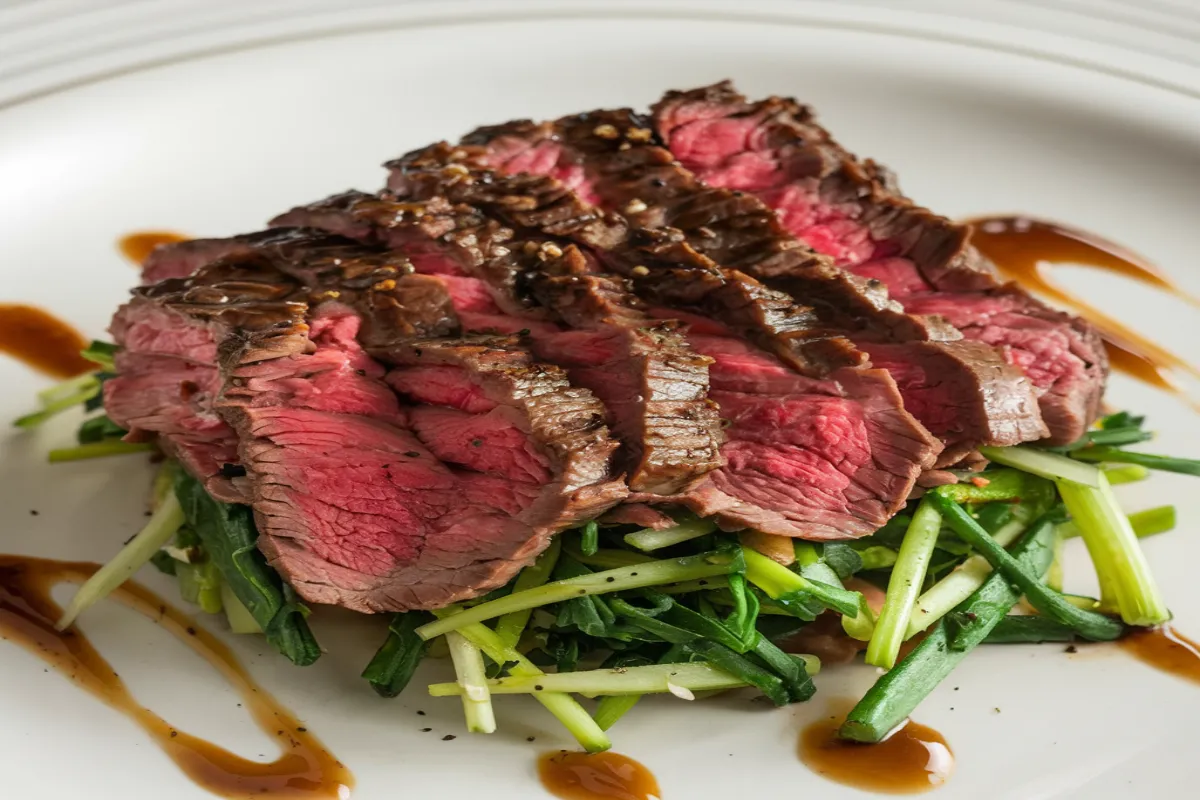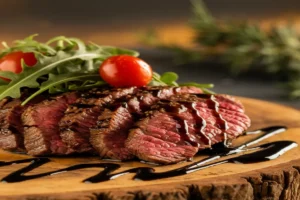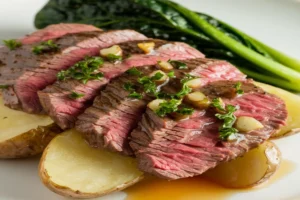Introduction to Shaved Steak
Shaved steak, often referred to as thinly sliced beef, is a versatile ingredient that has found its way into many popular dishes, from the classic Philly cheesesteak to stir-fries and tacos. Its thin cuts allow for quick cooking, making it a favorite among busy home cooks. However, a question that often arises in the kitchen is whether you should wash shaved steak before cooking. This query is not just limited to shaved steak but extends to all kinds of meat. The debate around washing meat before cooking has been ongoing, fueled by cultural practices, food safety guidelines, and personal preferences.
In this article, we’ll delve into the science and expert opinions surrounding this practice. By the end, you’ll have a clear understanding of whether or not to wash your shaved steak and why it matters. We’ll also explore best practices for handling and cooking shaved steak to ensure a safe and delicious meal.
The Science Behind Washing Meat
Understanding the Risks: Cross-Contamination
One of the primary concerns with washing meat, including shaved steak, is the risk of cross-contamination. This occurs when bacteria from the meat are spread to other surfaces in your kitchen, such as countertops, sinks, and utensils, through water splashes. The USDA Food Safety Guidelines clearly state that washing meat does not remove all bacteria; instead, it can spread them, increasing the risk of foodborne illnesses.
When you wash meat, water droplets can carry harmful bacteria like Salmonella and E. coli to other foods or surfaces, making it easier for these pathogens to come into contact with you or your family. This is particularly concerning when handling raw meat, as the bacteria present can cause serious health issues if they contaminate ready-to-eat foods or kitchen surfaces.
The Ineffectiveness of Washing Meat
It’s a common belief that washing meat makes it cleaner or safer, but this is a misconception. In reality, the only reliable way to eliminate harmful bacteria from meat is by cooking it to the proper temperature. The USDA recommends cooking all cuts of beef, including shaved steak, to an internal temperature of at least 145°F. This temperature is sufficient to kill most pathogenic bacteria that might be present on the meat. For more insights on this, refer to the Science of Cooking Meat.
Washing meat not only fails to remove all bacteria but can also compromise the quality of the meat. When you wash shaved steak, you risk washing away some of the meat’s natural juices, which can lead to a drier and less flavorful dish. Additionally, washing can cause the meat to lose its tenderness, especially in thin cuts like shaved steak.
Cultural Practices and Beliefs

The practice of washing meat before cooking is deeply rooted in certain cultures. For many, it’s a ritual passed down through generations, believed to remove dirt, blood, and impurities from the meat. However, food safety experts argue that these practices are more about tradition than science. While it’s essential to respect cultural practices, it’s equally important to understand that modern food safety guidelines advise against washing meat to prevent cross-contamination.
Expert Opinions and Best Practices
What the Experts Say
Most food safety experts and professional chefs advise against washing meat before cooking. The consensus is that washing meat can do more harm than good by spreading bacteria rather than eliminating it. According to the USDA, washing meat is unnecessary and can even be dangerous. Chefs also point out that washing meat can interfere with the searing process, which is crucial for achieving the desired texture and flavor in cooked steak.
In addition to the USDA, many other food safety organizations have debunked the myths surrounding washing meat. They emphasize that proper cooking is the key to food safety, not washing. Cooking meat to the right temperature ensures that any harmful bacteria are killed, making the meat safe to eat.
Best Practices for Preparing Shaved Steak
If you’re preparing shaved steak, here are some best practices to keep in mind to ensure both safety and quality:
- Handle with care: Always wash your hands with soap and water before and after handling raw meat. Use clean utensils and cutting boards to prevent cross-contamination.
- Cook to the right temperature: Ensure that your shaved steak reaches an internal temperature of at least 145°F. Use a meat thermometer to check for accuracy.
- Avoid washing: Trust that cooking will kill any bacteria, and avoid washing the meat to maintain its quality and prevent the spread of bacteria



